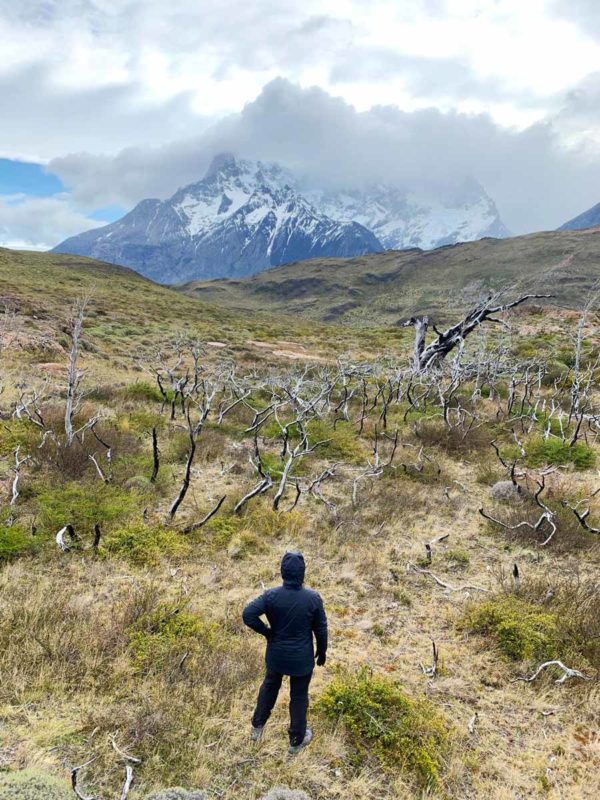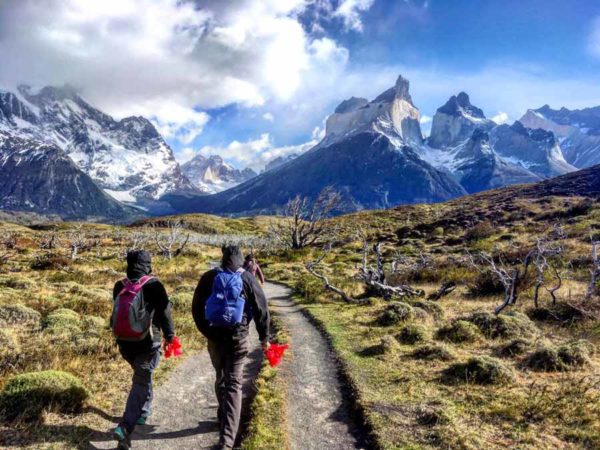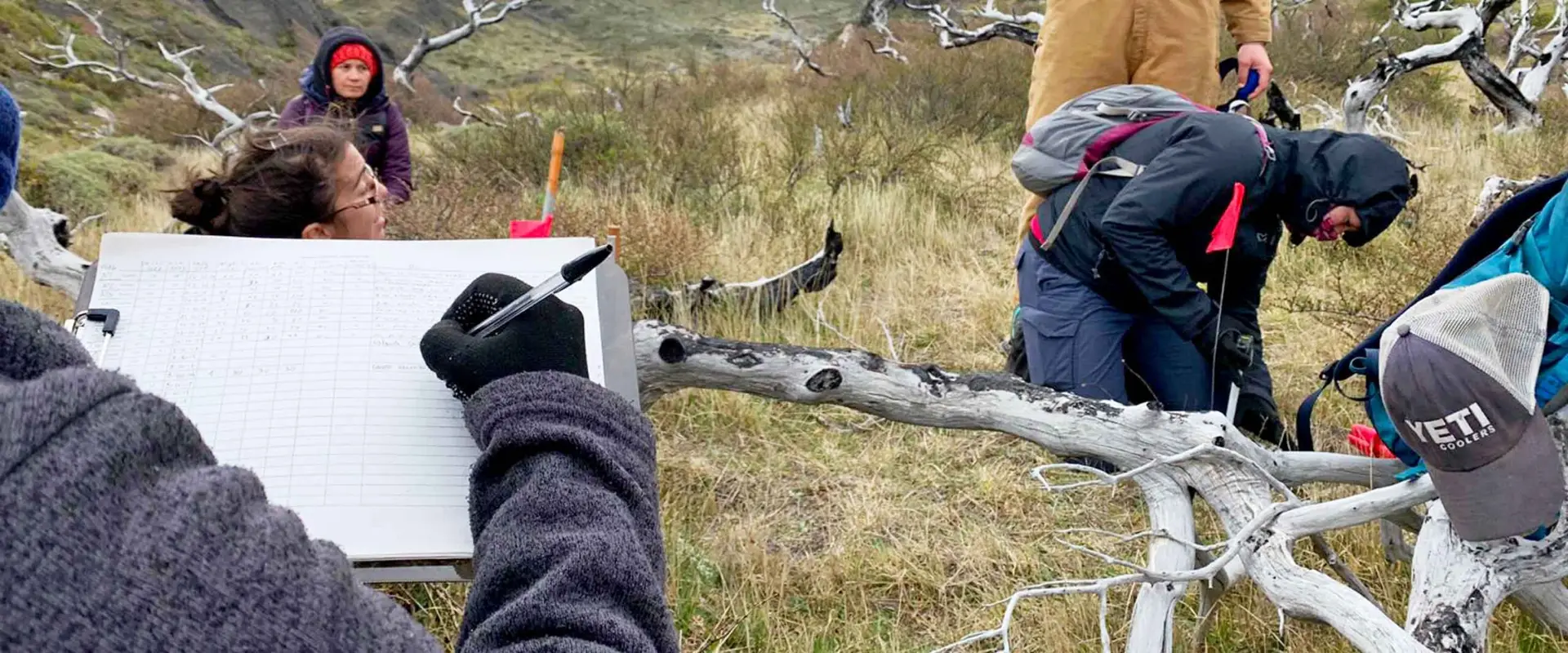After forest fires scorched Torres del Paine's landscape, reforestation efforts are bringing forth new life and helping to rehabilitate the park
Torres del Paine National Park in Chile is known to many as the 8th wonder of the world. With granite peaks that pierce the wind-blistered sky and glaciers that extend for miles into the Southern Patagonia Ice Field, it’s no wonder that tourism here has grown exponentially in the last decade. While this tourism brings significant economic growth and opportunity to surrounding communities, it sometimes comes at a cost to the park’s ecology.
Since 1985, there have been three man-made forest fires in the park. All of these fires were started by tourists. The fires ravaged almost 1/3 of the park’s surface area, leaving many dense Patagonian forests unrecognizable and barren. These forests are primarily made up of two types of trees: lenga and ñirre. These native species have adapted to Patagonia’s strong weather and harsh climate, and contribute to the region’s iconic landscape. They also play an important role in sustaining the park’s biodiversity and ensuring watershed health. Indeed, many of the park’s 40 different mammals and 115 bird species, including the endangered huemul deer, rely on the park’s forest ecosystems for their habitat.
Naturally occurring forest fires are nonexistent in this part of the world. That means when a species like lenga is devastated by human-induced fires, it won’t automatically recover. As a result, humans must intervene to rehabilitate and revegetate the ecosystems.
In response to the fires, Chile’s National Forest Corporation, CONAF, began ecological restoration efforts to accelerate recuperation of the park’s damaged forest ecosystems. Lenga seedlings are cultivated in a nursery until they are ready to be transferred into the park. They are then replanted in small clusters, or “nuclei,” of 100 in the least resilient fire-affected areas. To date, more than 810,000 lenga seedlings have been planted in the park.
Our Role
Our Torres del Paine Legacy Fund program supported CONAF’s restoration efforts by monitoring the reforested lenga nuclei. Local Chilean volunteers joined us on field expeditions to collect data on the health and growth of the young seedlings. This data helps CONAF understand the tendencies of lenga and identify ways to improve reforestation efforts. In addition, the volunteers learned about the environmental challenges the park faces when it comes to reforestation and increasing tourism.

In October 2019, a group of 10 Chilean volunteers accompanied by our Legacy Fund Field Director embarked on a monitoring expedition into the park. Over the course of eight days, they monitored the health of more than 13,800 lenga plants. Primarily working in the Pudeto and Carretas sectors of the park, these volunteers endured snow, howling wind, and off-trail terrain to gather data on the replanted lenga.

Between the previous monitor in 2017 and this expedition, few plants had died off. In fact, the majority had grown at a healthy rate. In many nuclei, the number of live plants was as high as 98 out of the original 100. These high initial survival rates show promise for the long-term health of these forests.
Our volunteers from all over Chile were the heart and soul of this week of monitoring. Thanks to their positive attitudes and eagerness to learn, we were able to support the park and provide data that will be expounded upon in continued reforestation efforts.
For more information about this program and our work in Chilean Patagonia, click here.
Protect the Places You Love
Help conserve our planet’s most vulnerable destinations and empower the people who live there. Join the movement today.
Related Work
Engaging Students in Reforestation
Involving local schools in restoring Torres del Paine National Park’s native ecosystem after damage caused by several man-made forest fires.
Improving Recycling Infrastructure
Installing and supporting the expansion of the first recycling system in Puerto Natales, the gateway community to Torres del Paine National Park.


